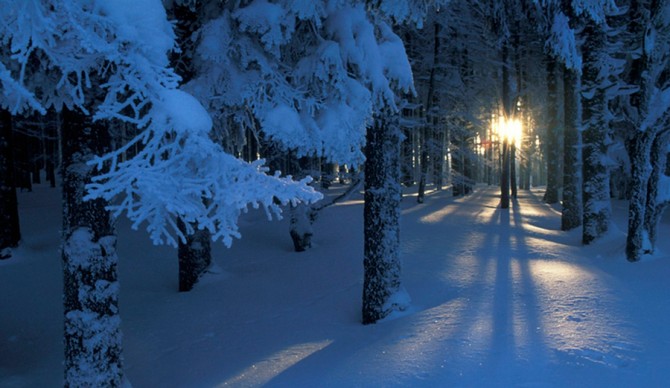
Photo: Courtesy of Jiro Taylor
I unstrapped my snowboard in the dense forest in which I had come to a stop. I took one step and sank literally neck deep in snow — all I could see was snow. Coming down thick from the sky, falling off trees, snow as far as my eyes could see. I tried to unbury myself and move forward but each time I did I would sink as if I was in quicksand. The slightest progress required massive effort.
I was just a hundred meters from safety, from the main slopes of the largest ski resort in Japan, but with the snow so deep, each meter felt like a mile. It was a beautiful place to be, complete silence and solitude in a Japanese forest as the snow settled around me. I took a moment to reflect on an epic day of snowboarding in fantasy conditions, deep powder and good friends. The best of combinations.
But the seriousness of the situation rapidly dawned on me. I had spent an hour crawling to higher ground expecting to see ski tracks or familiar features that would guide me to safety. But my heart sank when all I saw was snow, trees, undulating flat ground, and no sign of anything familiar. I was lost. I was alone. I was almost unable to move and I had about 2 hours until nightfall and plummeting temperatures.
My appreciation of the beauty of the forest was rudely interrupted by nausea so strong I nearly puked, prayed, and cried at the same time.
This story is about an experience that really shook me up, but allowed me to learn valuable lessons about my mind and put into practice some of mental techniques I have learned to find joy, flow and performance in high-pressure situations.
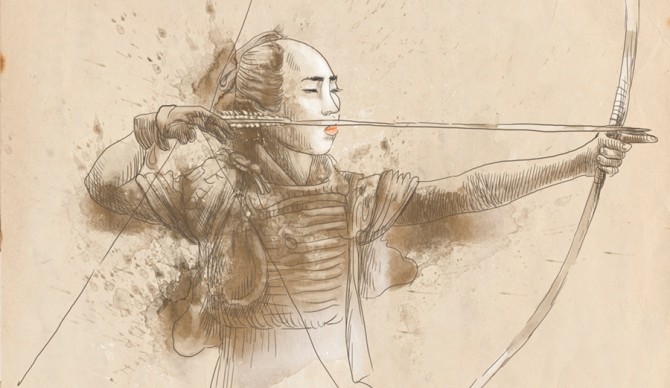
Image: KUCO
Zanshin: The Mind With No Remainder
Zanshin is a term used frequently in the Japanese martial and creative arts. It is defined as “the mind with no remainder.” Zanshin is where the mind is fully vigilant, mindful of surroundings, completely present during every moment in the here and now. There is no mind left over to think, as there is total awareness on the action of the moment.
I read a book about a German man who went to study Kyudo (archery) in Japan in the 1920s. For the first seven years of his training he was not allowed to shoot at a target. So he worked on his stance, his technique, his attitude, and every tiny detail involved in the process of shooting an arrow at a target, without ever shooting an arrow at a target… for seven long years!
Understandably he became frustrated with this style of learning so he questioned his teacher, who silenced him by firing two arrows into a bullseye of a target he could not see in the dark to show what was possible with the right process.
His teacher was training him to remove the fixation with the goal, immerse himself in the process and develop zanshin. Through zanshin, everything he did was aiming towards the target. Through zanshin the goal would be accomplished without trying to accomplish the goal.
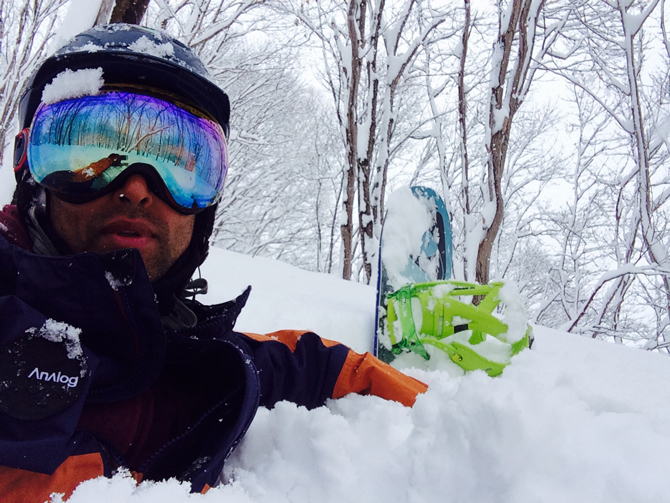
Photo: Courtesy of Jiro Taylor
Goals Without Zanshin Are Useless & Damaging
This is a powerful lesson I learned in the snow. When I realized I was actually lost, I decided to move toward a riverbed so I could move and navigate more easily. I soon realized this was indeed a bad idea. The river bed was flanked by snow drifts four meters high and I felt vulnerable to the threat of being buried alive. I had lost my high ground and made a bad decision.
It took 30 minutes of total exertion just to climb out of the riverbed and I was still no closer to safety. At this stage I was slipping between exhausted resignation and panic. I tried to use my phone to call for rescue only to see the battery die in my hands. This was my lowest point.
I remember quite clearly choosing there and then to have a different perspective on this whole adventure, to accept the feelings of fear, and find the splendour in this magnificent moment that challenged my mind and body, in a silent forest in Japan. There was something exquisite about this moment in time. Like the fleeting tranquility in the eye of a raging storm. Maybe I had read too many Samurai books, but there was something beautiful about the fragility of life in that moment. I felt resigned to what may be, but also felt a steely determination to do everything in my power to get out alive, and learn the lessons I knew this adventure would provide.
My existentialist interlude left me feeling buoyant and in a clearer state to assess the root of my fear and panic. I had the profound realisation that my fear was created by my mind dwelling on the enormity of the goal to get to safety. This goal contained so many unknown factors.
I didn’t know exactly which direction to go. I didn’t know for sure if I could actually move myself to safety. I didn’t yet have the skills and technique to move in neck deep snow. When my mind flicked through these unknowns, my stomach turned. My breath became shallow and I could feel myself slip into the fight or flight stress response. The goal made me terrified.
Sitting there, sweating in the snow I thought about zanshin and the psychology of flow states and mental peak performance that I have studied for years. I reminded myself that if I just focused on the process of moving through the snow, I would allow my mind “no remainder” to dwell on the unknowns.
My overall “goal” remained the same: to get the hell out of the forest and tucked up in my warm chalet with a cup of hot sake. But I released this goal in order to focus on the process.
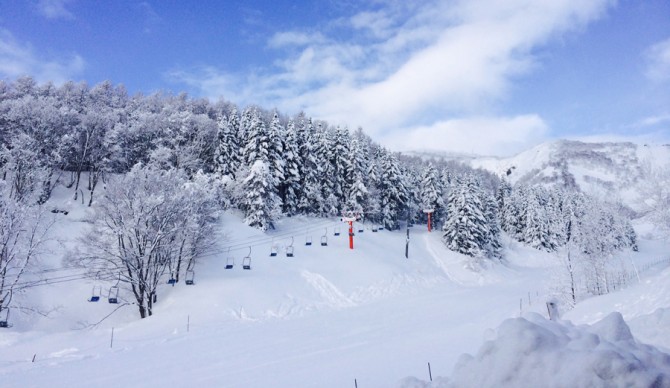
Photo: Courtesy of Jiro Taylor
The Transition From Fear & Paralysis to Joy & Peak Performance
This may sound crazy, but when I think back, the two hours that followed were two of the best hours of my life. I developed a pattern of movement that used my snowboard as a tool to cut a path in the snow and then to stomp it down. I learned to reduce my energy output by distributing my weight more evenly through my feet and shins. I discovered many things about different types of snow.
I took immense satisfaction from a perfectly cut step in the snow, and a flawlessly executed bear crawl forward. I created a rhythm of movement. I sang songs in my head. When I looked back and saw the path I had cut through the snow, I cheered myself on and yelled out some hoots.
I found joy in the process and after two hours I was out the forest, hugging my friends who had been searching for me and were now organizing a rescue operation.
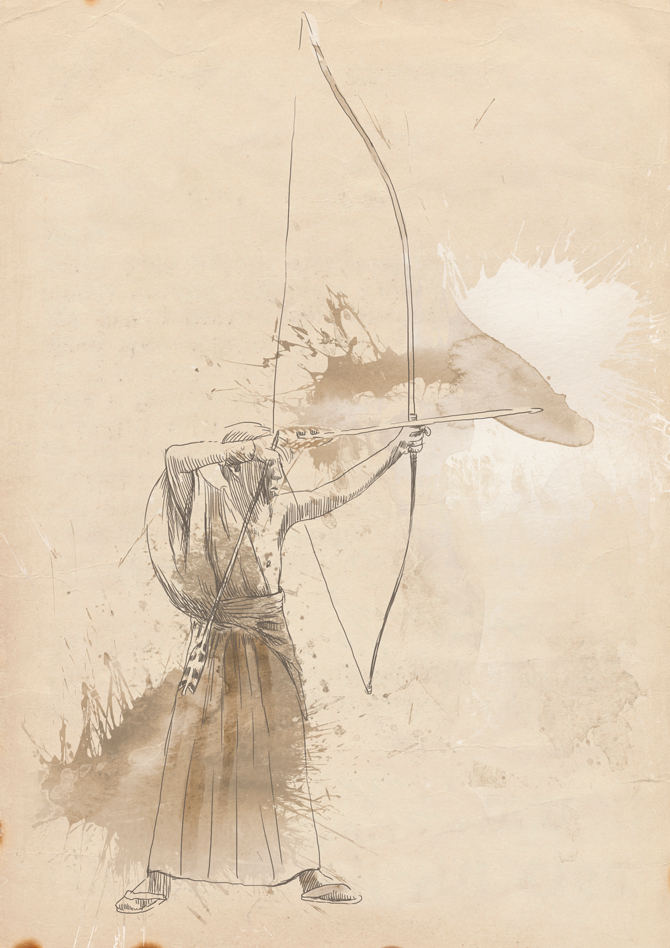
Photo: KUCO
The Creative Art of Dedication to Process
Our western culture (in general) has an unhealthy obsession with goals, and an incorrect understanding of how to use them. Just think about new year’s resolutions and you’ll see what I mean. It is almost like the goal is the sexy outcome, and the process to get there is the unfortunate and boring route we use to get there. This is completely backwards.
A goal without zanshin is just a hope for a desired outcome, like picking up a bow, firing an arrow and hoping to hit the target. Or like trying to spin backside 540s of a kicker without working on the process of learning how to go off a kicker, or how to simple 180s. Setting the goal and following up immediately with a total focus on the incremental steps in achieving the goal is not only the way to success, but the way to enjoyment and deep satisfaction.
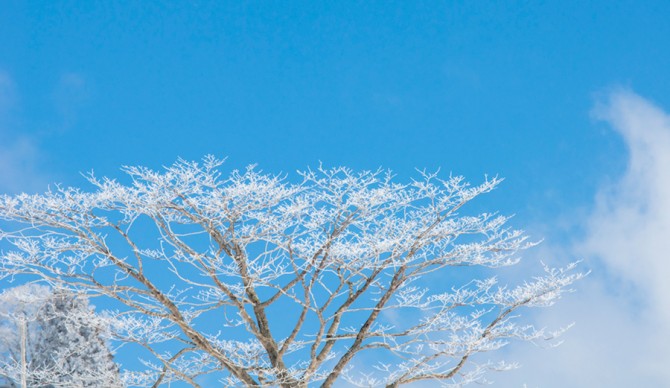
Photo: IZO
From the Foundation of Zanshin Pours a Cascade of Positive Benefits
Goals are binary. Black and white. Success or failure. However refining a process is a creative art form. There is no failure in creating art. Any perceived mistakes are part of the art making process and therefore are a part of striving toward perfecting a technique.
This shift in perspective allows other powerful success-perpetuating habits to emerge. When I was in the forest, happily inching my way out of trouble and learning about the art of moving in deep snow, my mood became highly supportive. When I rested, my mind did not dwell on the fear of failure, but focused on all that was good in the situation. I felt grateful for my high quality waterproof clothing, for the energy bar that sat in my pocket for 2 years, for my friends I knew would be searching for me, for my health and fitness that I knew I could rely on to keep moving.
I was a cheerleader for me. My morale was sky high, as I congratulated myself on my improving technique and progress. Whooping and hollering in the snow, listening to my own voice echo through the forest made me feel good, and feeling good is what its all about, not just in sticky situations, but in life.
Focusing on the process of achieving a goal also sets the conditions for peak performance. Flow is a state of consciousness in which optimal performance occurs. The act of immersing oneself in the process focuses awareness on the task at hand, which is by far the most important factor in achieving flow states. When absolute focus is coupled with a clear understanding of the process and the skills to meet the challenge, performance leaps, the thinking mind and ego is silenced and the subconscious, intuitive mind gets to work on making instant decisions, gracefully executing movements and generally kicking ass.
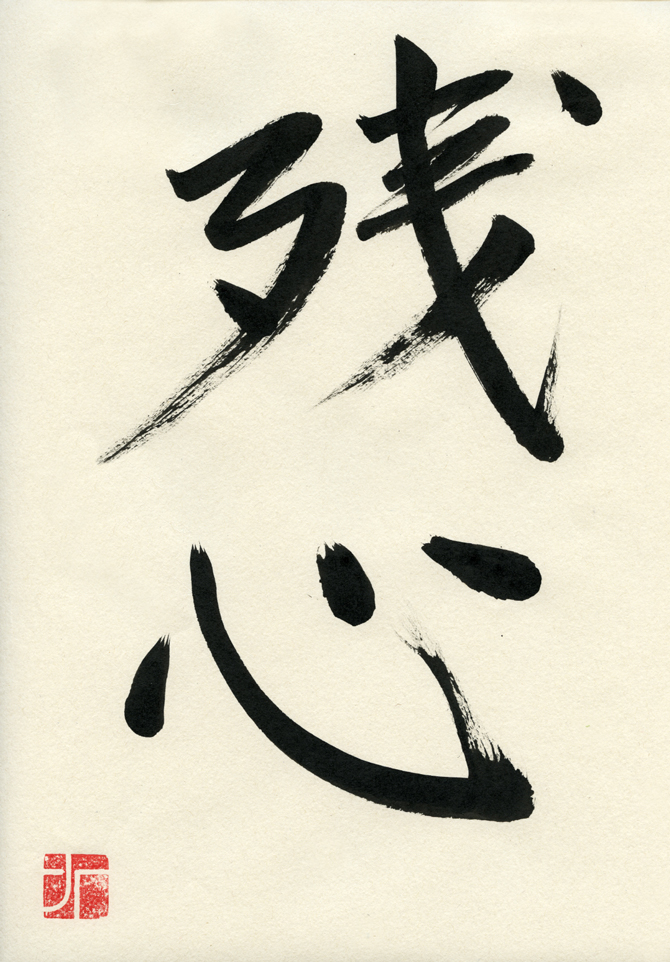
Goals Are Useful, Especially When You Let Them Go
“Shoot for the moon and you will hit the stars” seems to infer finding some satisfaction in compromise and failure. If you are really insistent on being on the moon, the adage should be, “See the moon, then learn how to build a space-craft.”
Goals should provide a broad idea of the direction one seeks to head, and then all focus and energy should be directed to the process of achievement. The process becomes an art. In finding the joy in the tiniest of details, the most subtle tweaks in technique and the satisfaction in the hard earned gains that naturally follows from total immersion in a process, you set yourself up for success.
Attaining the goal becomes a naturally occurring side effect of excellence. These are the lessons I learned from my jaunt in the snow.
For more from Jiro Taylor, head on over to The Flowstate Collective.

